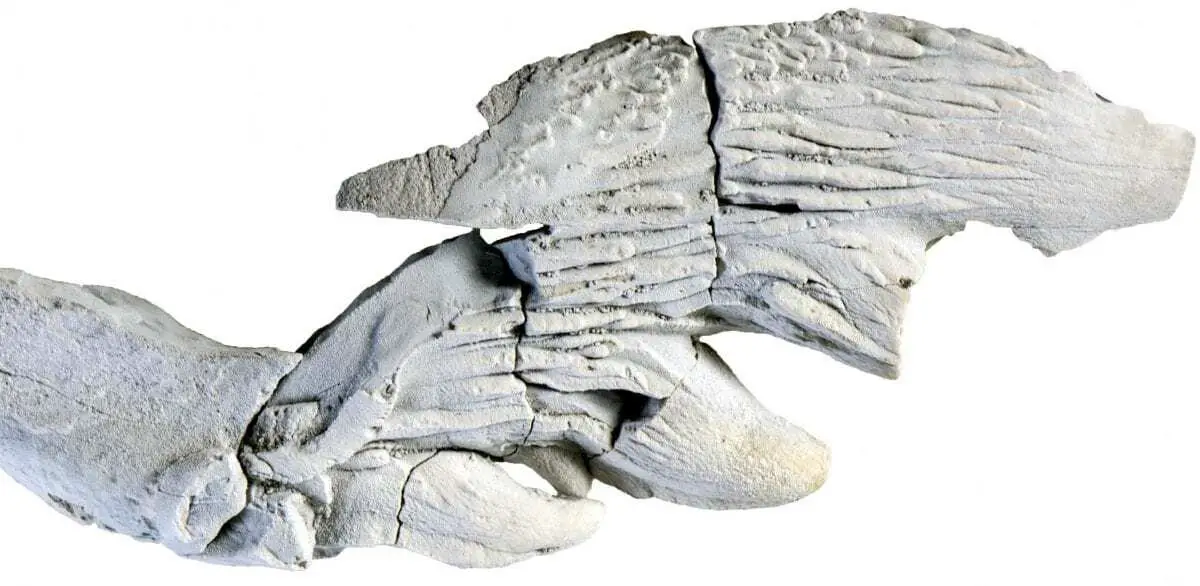An Otago researcher has added another piece to the puzzle of the evolution of modern baleen whales with a world-first study examining the teeth and enamel of baleen whales’ ancestors.
Modern baleen whales have no teeth when adults, instead they use large keratin plates called baleen to filter prey from large volumes of seawater. However, millions of years ago their ancestors had teeth as most mammals do.
Lead author of the research just published in the Journal of Mammalian Evolution, Dr Carolina Loch from the Faculty of Dentistry, explains scientists are still trying to understand how and why this process happened. The research she carried out together with colleagues from the National Scientific and Technical Research Council in Argentina, CONICET, and the Swedish Museum of Natural History has provided more information.
They studied details of the inside structure of the teeth of two fossil whales from around 35 million years ago. These teeth were collected in Antarctica by the Argentinian and Swedish study co-authors Monica Buono and Thomas Mörs. Because teeth are naturally heavily mineralised, they preserve well in the fossil record and can provide clues of how extinct animals lived.
“We looked at how the enamel – the hard outside cover of teeth – and dentine, the core ‘living’ part, were structured and how similar or different they were from teeth of living whales, other fossil whales and other mammals,” Dr Loch explains.
“Both fossil whales we analysed (basilosaurid and fossil mysticete) had a complex enamel layer with biomechanical structures that suggest they were capable of heavy shearing and processing of their prey,” she says.
The enamel layer of the fossil mysticete they studied was the thickest enamel layer ever observed among cetaceans, both extinct and living.
“This is quite puzzling; baleen whales’ ancestors had teeth with complex and thick enamel, but millions of years later the teeth were ‘lost’ and replaced with large keratin plates called baleen,” Dr Loch says.
Because of the rarity of the material examined, Dr Loch says it is quite significant that the researchers were able to study them.
“Scanning electron microscopy is considered a ‘destructive’ type of analysis because the specimens need to be cut, polished and gold coated. It is fantastic that some museum curators are open to facilitate this kind of research and allow us to unravel new and important information.”
The study of the structure of the enamel and dentine of animals, both fossil and living, is a strength of Dr Loch’s research programme. Last year, the University of Otago highlighted another of her projects examining bottlenose dolphin teeth to help understand coastal contamination.
She hopes to continue studying teeth to help learn about how past animals lived and interacted with the environment, showing the breadth of the multidisciplinary research carried out in the University’s Faculty of Dentistry.
“As more fossil whales and other mammals are discovered and described, there is more material to be studied. I will continue working in partnership with colleagues overseas and in New Zealand in order to add small pieces to this puzzle – one tooth at a time.”
Header Image – Tooth from a 35 million-year-old fossil whale analyzed by Dr. Carolina Loch as part of her research. Credit : Dr. Carolina Loch








